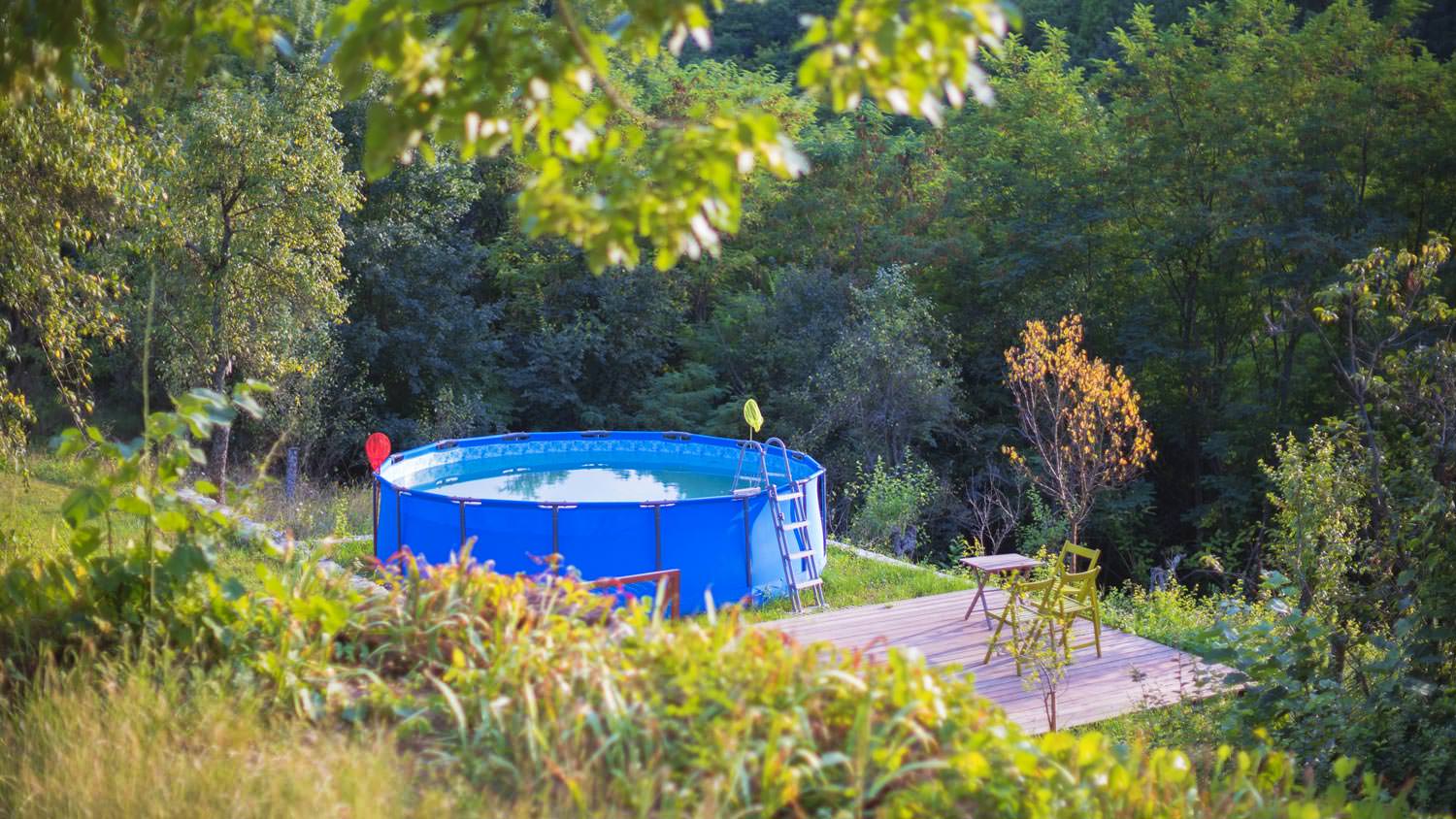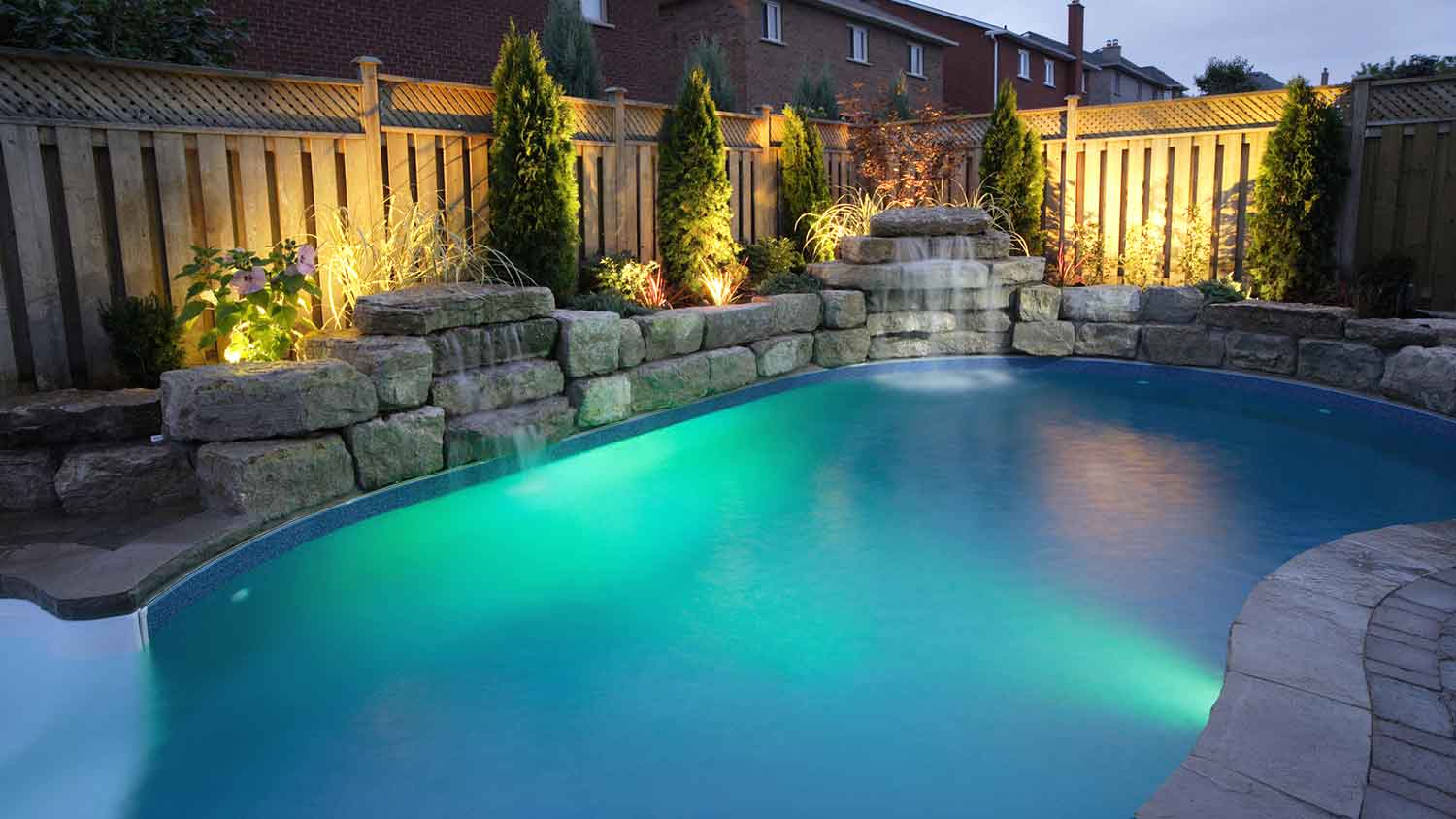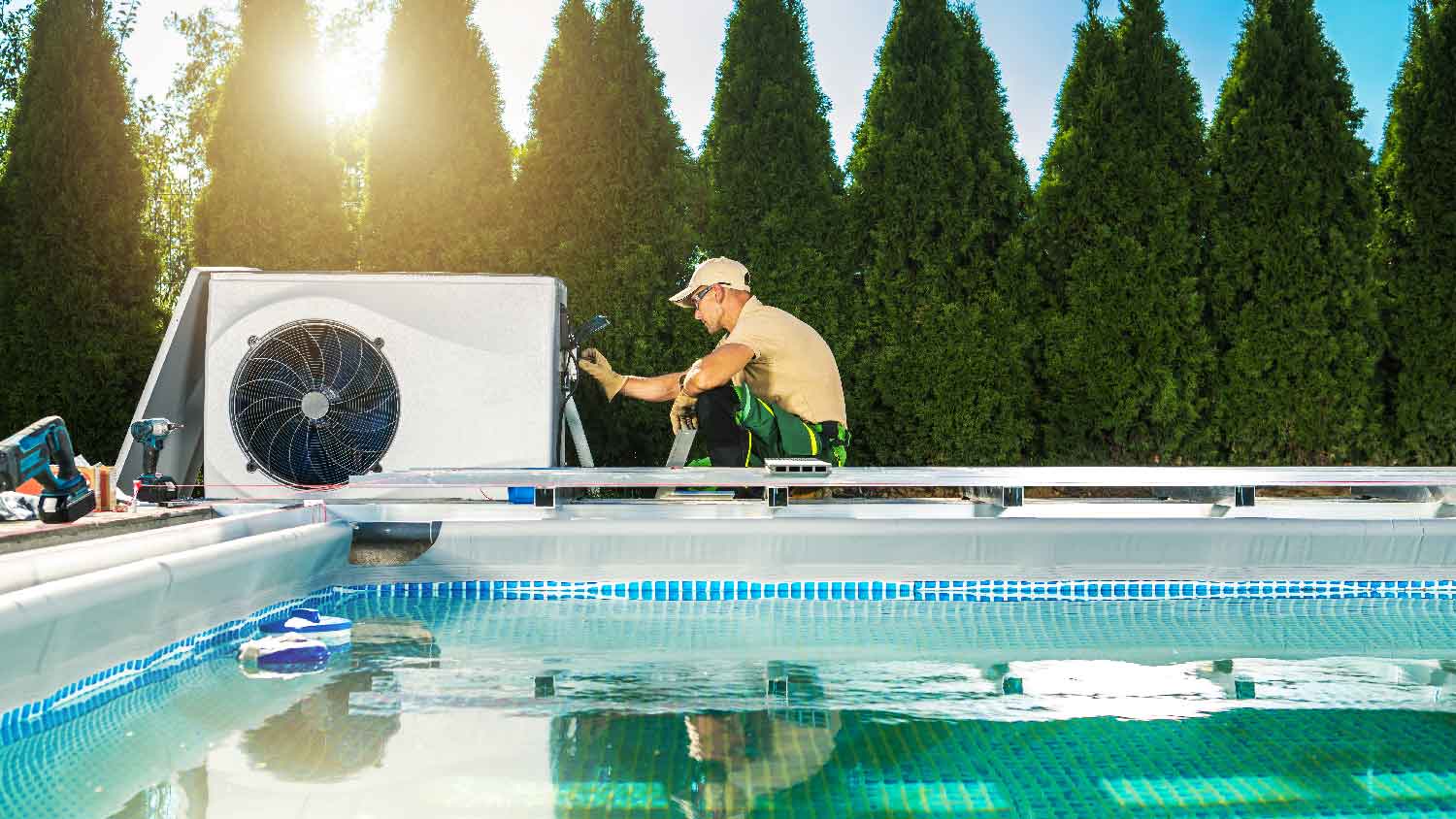
Crystal Luxury LLC
Crystal Luxury LLC
We take great pride in our experience, expertise, quality and customer service that we provide to meet every consumer's needs. It is our mission to provide excellent customer service from start to completion of a project. To understand the needs and expectations of our customers, we take great care to work and communicate with every customer in a personal and professional manner. Our reputation is based on service, safety and quality, regardless of how large or small the job.
"Great crew! Work was done promptly and efficiently. All the while customer service was super nice and very easy to work with. Highly recommend this team for your pool and hot tub needs! "
Caleb M on March 2025
We take great pride in our experience, expertise, quality and customer service that we provide to meet every consumer's needs. It is our mission to provide excellent customer service from start to completion of a project. To understand the needs and expectations of our customers, we take great care to work and communicate with every customer in a personal and professional manner. Our reputation is based on service, safety and quality, regardless of how large or small the job.
"Great crew! Work was done promptly and efficiently. All the while customer service was super nice and very easy to work with. Highly recommend this team for your pool and hot tub needs! "
Caleb M on March 2025











